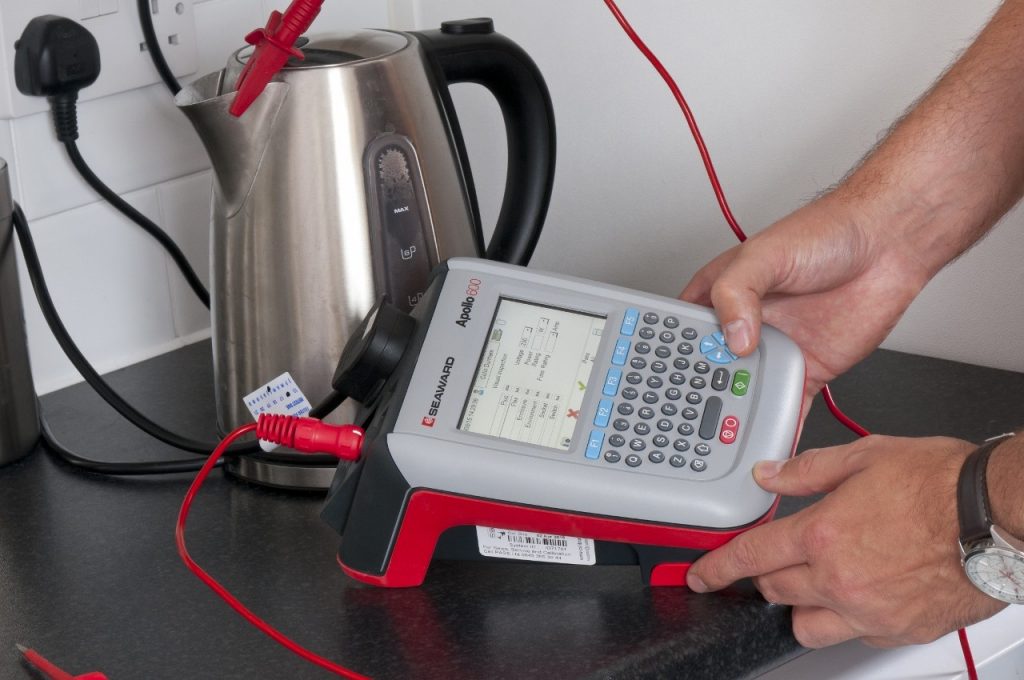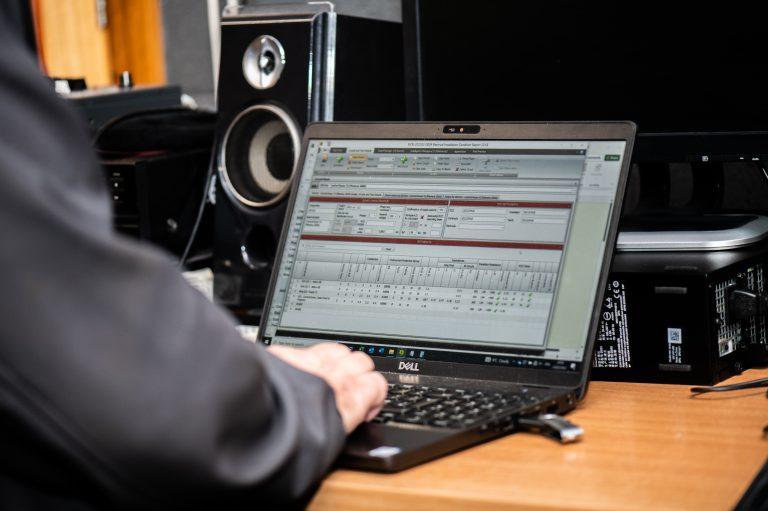In the current environment companies are looking more and more at cost-cutting measures to improve or protect their fina
In the current environment companies are looking more and more at cost-cutting measures to improve or protect their financial status. Some of this can involve both essential and non-essential maintenance of their site incorporating the likes of PAT testing, with companies looking to complete this in-house in an effort to save costs and utilise their internal resources.
This can be an effective way to performing your electrical safety testing duties, but there are a number of issues that need to be considered before you make that decision.
The first factor to look at is to ensure that your staff are fully trained and know how to use all your PAT testing equipment. We have seen many cases where a machine has failed a test that should it should have passed and vice versa. There are often a number of external factors that have an effect on the testing, such as fuse ratings, so make sure your staff know what to look out for.
You also need to ensure that you are using the right equipment – if technical jargon such as IEC Earth Continuity, 3 phase equipment leaves you baffled then make sure you do your homework before you and your team get started in-house!
Additionally, in-house testing will require the additional outlay for PAT testing equipment, microwave leakage testers, labels, training and software which most outside contractors would include as a part of their services, so again in-house testing may not be the most cost-effective way to meet your legislative requirements. These requirements also include thorough documentation, which you will need to ensure your in-house team is able to produce.
Make sure that your internal team gets round and does enough tests over the course of a day. PAT testing contractors will generally look to carry out in excess of 200 tests per day and if your in-house team is not reaching this target then it may not be the most cost-effective approach.
If your team gets dragged away to other tasks and gets behind on their schedule, the work is sometimes never completed at all, meaning that your premises can fall short of the Provision and Use of Work Regulations 1998 Act which states:
“Every employer shall ensure that work equipment is so constructed or adapted as to be suitable for the purpose for which it is used or provided.”
Health and Safety officers aren’t always too sympathetic if you tell them your team didn’t have time to test everything.
External PAT testing contractors will normally be able to carry out a whole site in one hit, and don’t cost extra for working out of hours and will make sure that vital equipment such as servers are handled and powered down
correctly. This will allow your employees to concentrate on their core activities in the business and allow them to forget about the testing for another 51 weeks.




